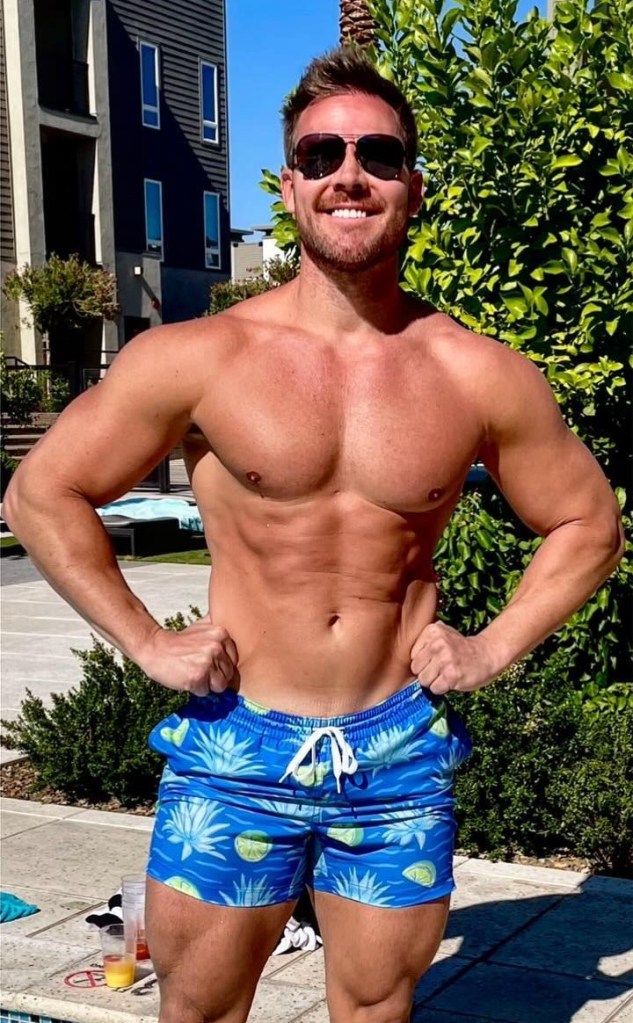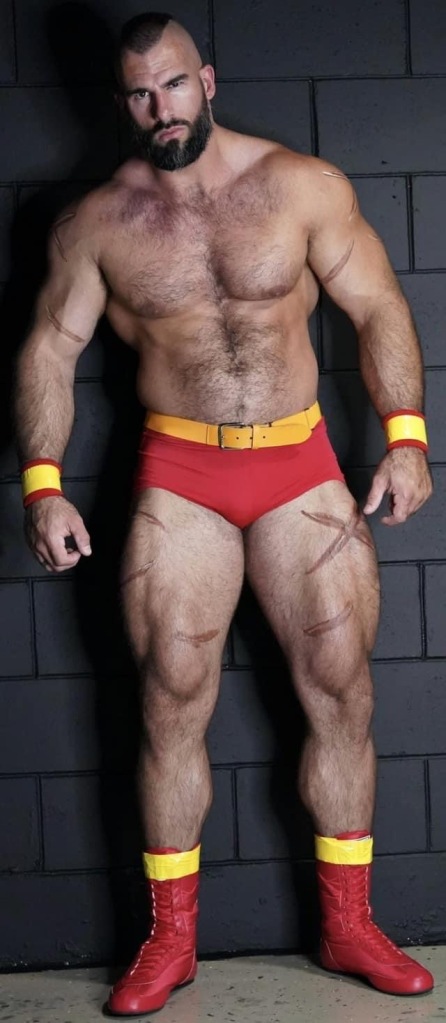Saturday morning in the Lost Apartment, and all is well–at least so far, at any rate. I slept super well last night, and Sparky even let me sleep later, which is not his norm. But when he decided enough was enough, enough was enough. Yesterday turned out to be a very needed day of rest after I finished working; I ran my errands and was drained by the time I got home. I did some chores and the laundry, before settling in for some reading as my brain began misfiring again and the tiredness from the week settled in when I walked back into the apartment lugging groceries around four thirty. I settled into my easy chair and read for the rest of the evening, finishing The Demon of Unrest and starting another new non-fiction read (White Too Long: The Legacy of White Supremacy in American Christianity by Robert P. Jones; yes, I am studying the racist history of the country right now), and caught up on Real Housewives (SLC is lit this season, y’all) before going to bed.
Remember a few weeks ago how I finally talked about how sick and tired I was of every form of homophobia, and especially the passive-aggressive bullshit from so-called “friends” and “allies”? Yeah, got one of those comments on here. Fortunately, I have to approve comments (because I do get the occasional homophobic diatribe; I learned the lesson to approve comments with Livejournal over a decade ago), so you’ll never have to see it, but it’s always a jolt. My favorites are always the ones like this morning–couched in language that appeared friendly, but was actually insulting, demeaning, and invalidating me as a human being with lived (and learned) experience. I love when people think their own lived experience as a straight white man is more valid than my own–and their knowledge of my community and its history is vastly superior to mine, despite their never needing to know anything about it and I’ve studied it extensively over the last three decades, but then again–I’m just a faggot in need of a straight person to get my shit together.
It’s always lovely having that kind of shit drop into your inbox first thing in the morning, before you’ve finished your first cup of coffee. This is why I finally had enough a few weeks ago. I’m not putting up with this shit anymore. Sixty-three years of being excluded, made to feel less than, and putting up with all bullshit that comes with being a gay American man born in the second half of the twentieth century. It certainly got my blood pumping this morning, and made me wake up faster than my morning coffee. It’s almost as funny as the lead singer of the Village People claiming that “YMCA” isn’t a gay anthem. Oh, honey, all your songs are gay anthems, and no one needs your permission to say it. The gays made you, the gays made your songs, and the gays kept your songs alive long after their shelf-life had passed, but go ahead and kiss some mango ass, bitch. Don’t let me stop you, by any means.
And if “YMCA” isn’t a gay anthem, it’s only because the community ditched it after it started being played and danced to (by the way, the song is from 1979…) by mediocre, rhythm-less straight white people at sporting events and political rallies. It always amuses me to see your homophobic asses dancing (badly) to a song about cruising other men at the Y. Butt-fucking and blow-jobs, that’s what the song is about. Remember that the next time you decide to stand up and dance at your next sporting event, straight people. At least the MAGA dance to it works, since it looks like the dancer is giving out handjobs with both hands.
And yay, we get to experience another four years of this kind of shit. At least. I don’t know why my sex life–which is no one’s business but my own–bothers so many people; I certainly don’t hold other people’s sex lives against them. It’s also election day here in Louisiana–this is when we have the elections when someone or something didn’t pass outright in the general. I think it’s just amendments to the state constitution, which I am going to have to look up before I walk over and vote. I also suppose I should be grateful that I don’t get more homophobic abuse on here and on-line; which is one of the reasons I never check DM’s on social media and usually will just clear them out in one swoop without looking at them (words of advice: for this reason, direct messaging is literally the worst way to reach me, especially if you need an answer from me right away), but…as I said a few weeks ago, I am not taking it anymore.
This is why I am no longer attending conferences and conventions–this sort of thing, never knowing who you’re going to meet who is a homophobic piece of shit (and there are quite a few of them, spread out over all sub-genres–you know who you are). Until such time (ha ha ha ha) that these events stop allowing and condoning this kind of shit–or not caring that it happens–why would I support them with my money and my paid vacation time? I know, I know, visibility and all that–but I’ve been doing all that for almost fifteen years, and I am tired.
After all, I’ve not been back to Left Coast since that horrible woman was racist and homophobic to me.1
Heavy sigh. I think I am going to get another cup of coffee and will read for a bit. I do have to run errands today–wash the car, pick up the mail, a little bit of groceries–before coming home and getting back to work. I don’t really care about any of the football games today, so I may turn on the SEC title game, or I may not. I don’t really have an interest in who wins it, so why not read, clean, and work during the day rather than watching games? I’m going to barbecue a pork tenderloin later for dinner, which will be nice. It’s sunny outside, but it’s only 48 degrees outside, and the high for the day is fifty-nine. I’m also going to do a German lesson this morning, and try to get a grip on my inbox, and I am also going to try to finish a substack entry this weekend; I have sixteen started (seriously) and they aren’t going to write themselves. I need to get this editing job finished, and I need to get back to work on my Scotty book. I also had breakthroughs on several other books ideas, so I’d like to get some work done so as to lesson the Sisyphean tasks I always have before me.

- I can honestly say I never expected to hear the slur terms for biracial in casual conversation, let alone directed at me. Live and learn. And for the record, this is why racism is so insidious; no one is actually safe from it. That experience also made me wonder if sometimes when I am treated badly by service staff, it has to do with racism? Because they think I’m biracial? And for the record, my brain never jumps to bad treatment = homophobia; I just think the person is a dick. But now I have something else to wonder about. ↩︎

